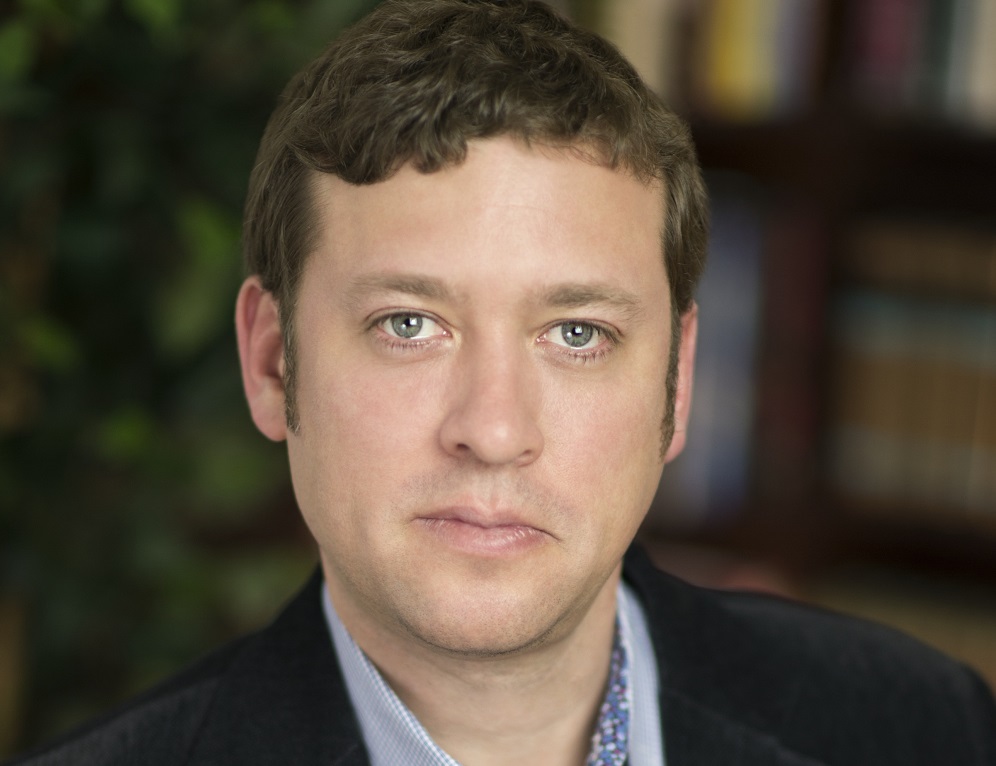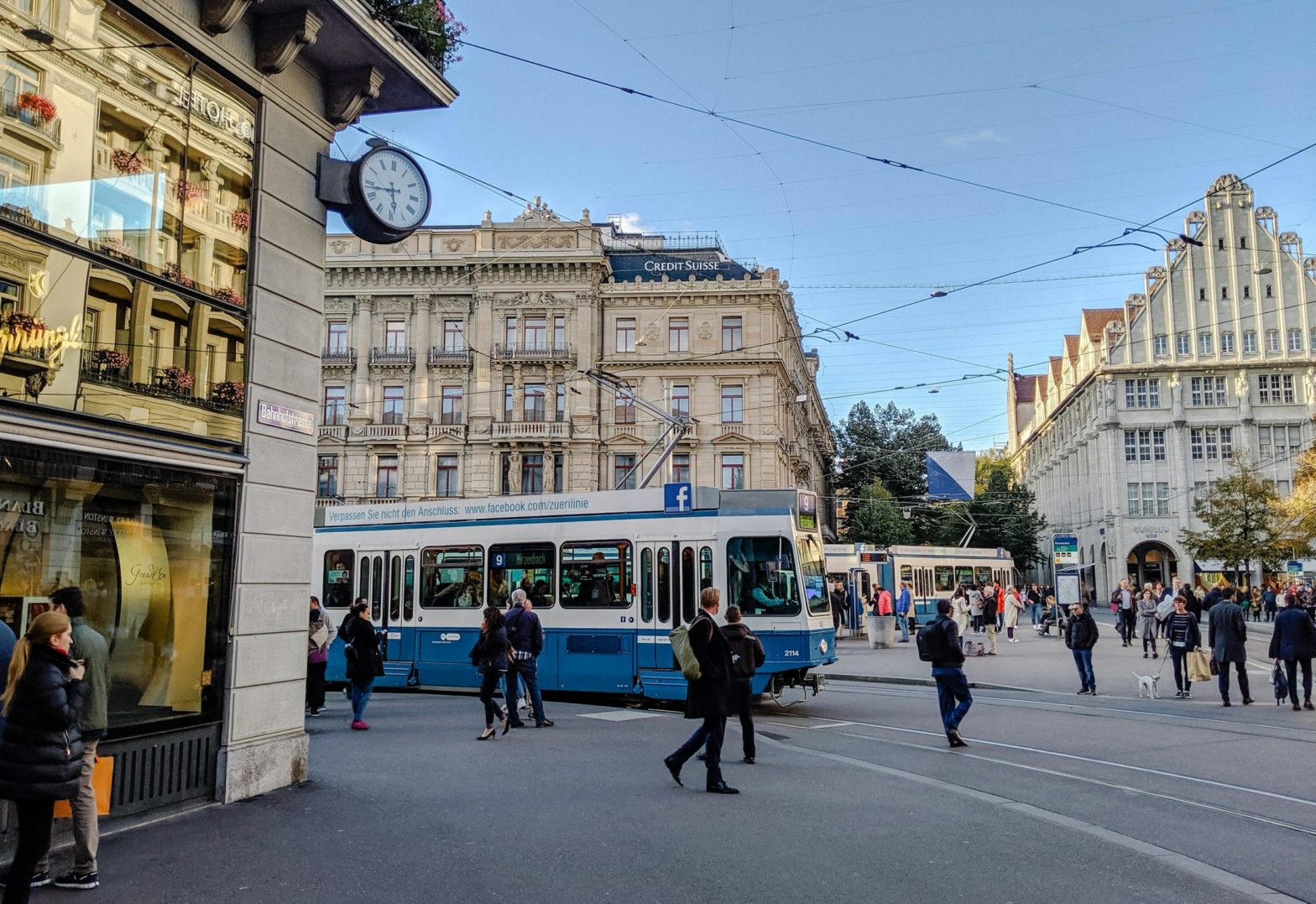
Photo: Anthony Townsend
Cornell’s urbanist in residence envisions the smart city decade ahead
13 October 2021
by Sarah Wray
Blockchain, social media, digital twins, smart buildings, delivery robots…Technology innovations and headlines come thick and fast these days. It can be overwhelming for city officials to take everything in and understand what it means for them and their residents.
A new ‘Horizon Scan’ interactive resource from Cornell Tech explores more than 250 urban technology innovations and sets them in context for cities, in terms of both the opportunities and risks.
The tool looks at a variety of technological advances — from autonomous vehicles and facial recognition to carbon sinks and urban sensing — that could transform our cities over the next ten years. Cornell says it is the most comprehensive survey of emerging urban tech to date.
The project was led by Dr Anthony Townsend, who is the inaugural Urbanist in Residence at the Jacobs Urban Tech Hub at Cornell Tech, and the author of technology books and forecasts.
He told Cities Today: “Think of [the Horizon Scan] as an early warning system. The goal is to identify scientific breakthroughs and technological innovations that will create new challenges and opportunities for cities. While we can’t predict which ones will set the stage for future choices, we can map what is possible, and what’s likely. That gives cities a head start.”
He added: “We did a similar exercise in 2010 and it identified many things that are shaping our urban world today — using social networks and big data to map pandemics, and the role of mobile communications in remaking how people shop in cities. City leaders need to start preparing today for things that will expand or limit our options in the future.”
Supercharged infrastructure
The years-long research effort outlines 49 trends, based on ‘signals’ or examples, and how likely they are to materialise, how soon and how disruptive or transformative they could be.
The trends form six forecasts of major shifts that are likely to shape the future of cities globally.
These include “supercharged infrastructure”, where the convergence of physical and digital infrastructure will speed up, enabling us to track the flow of energy, water, and waste in real-time. The bigger challenge, the report says, will be harnessing the power of this vast network of information.
The researchers see a greater link between biotechnology and liveability, from data-driven green infrastructure planning and management to sampling sewage to detect COVID-19 outbreaks.
As cities strive to meet emissions reductions targets and mitigate the impact of extreme weather and other shocks, the report predicts a rise in “resilient corridors”, where entire districts could be built or rebuilt with new types of ‘future-proof’ buildings, focusing on equity and using participatory planning.
Townsend said: “I think we are in a race against time to bring life science into every facet of city management, planning and design. The pandemic has shaken our public health frameworks to the core. Understanding how to engineer healthier cities for the future is key to their continued success.
“But it goes deeper. Almost everything that is exciting and good about the changes we’re making to cities is about grafting natural things onto the built environment, whether it’s vertical farming or tall timber. Urban planning and public health were once joined at the hip. I suspect that connection is coming back in a massive way, but we need to speed it up.”

Cracking the city code
The vision is not utopian, though. The research also highlights risks related to algorithmic bias and compounding inequity, and concerns about digital surveillance.
Townsend believes a shift is coming: “What excites me the most isn’t any individual signal or trend, but the patterns that emerge across them. For instance, our forecast on a ‘New Screen Deal’ argues that we are going to forge a new consensus around the pros and cons of pervasive sensing and big data. And that is a campaign that people in cities, and their leaders, will spearhead.
“They will turn the tables on ‘surveillance capitalism’ and forge something better, that isn’t just about rejecting digital things. That’s amazing to me, and I hope it can be a North Star for anyone that needs one.”
Townsend urges cities to use the report to better consider the unintended consequences of new technology.
“There is so much inscrutable software being layered into cities,” he said. “And all of it is creating liabilities. We need to get better at forcing ourselves to go in and root it out. Otherwise, people won’t trust us when we say this stuff is part of the solution. They will see it as part of the problem.”
The report also notes the complexity, challenges and sometimes tensions in public-private collaboration, from open source versus proprietary solutions to governance and power.
But the report predicts that in the decade ahead: “Big tech will crack the code of the city”.
It states: “A decade into the battle for the smart city, the industry is more attuned to public concerns of overreach, and governments have a clearer sense of the problems they want industry to solve. While there are no answers yet, the challenges to translating urban tech innovation from lab bench to street are clearer.”
Townsend calls the Horizon Scan “a tool for seeing the big picture”, especially in areas where cities may not have traditionally done a lot of forward-thinking.
“It can help them identify areas where they need to pay more attention, connect up silos across programmes and sectors, and be more aware of what’s going on outside their bubble,” he said.











